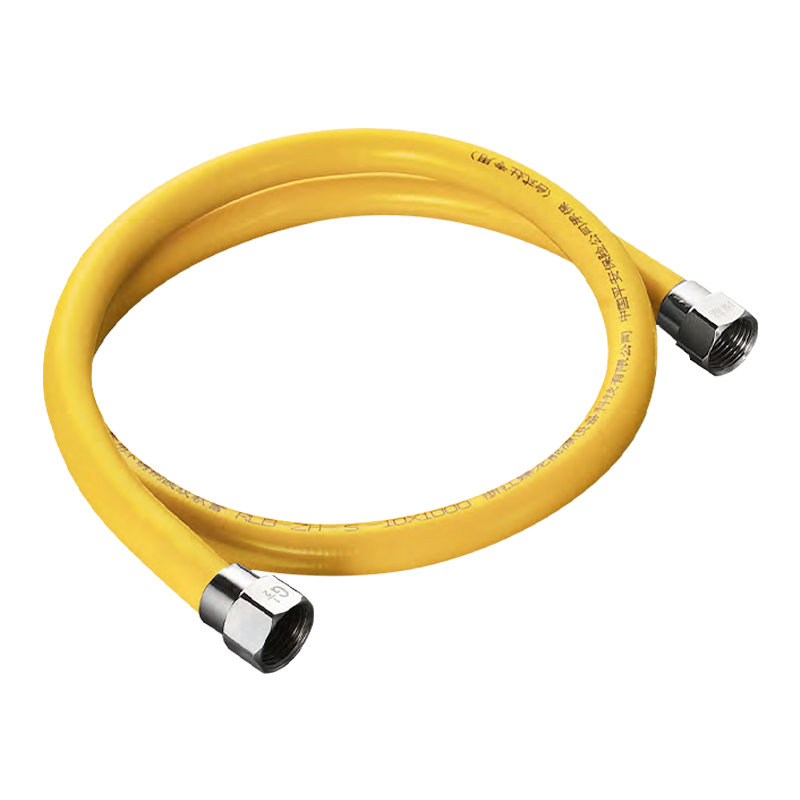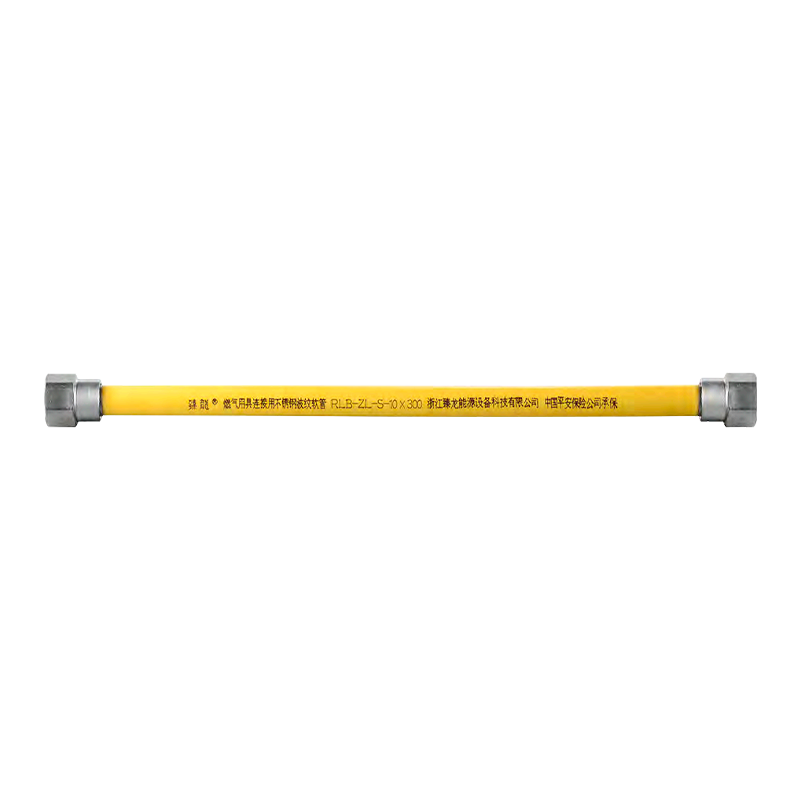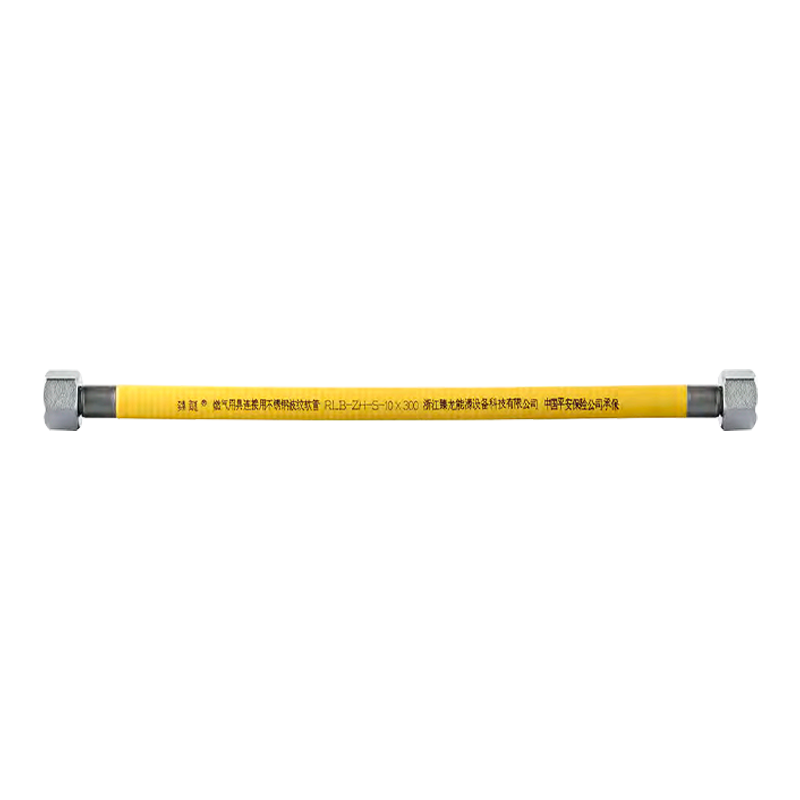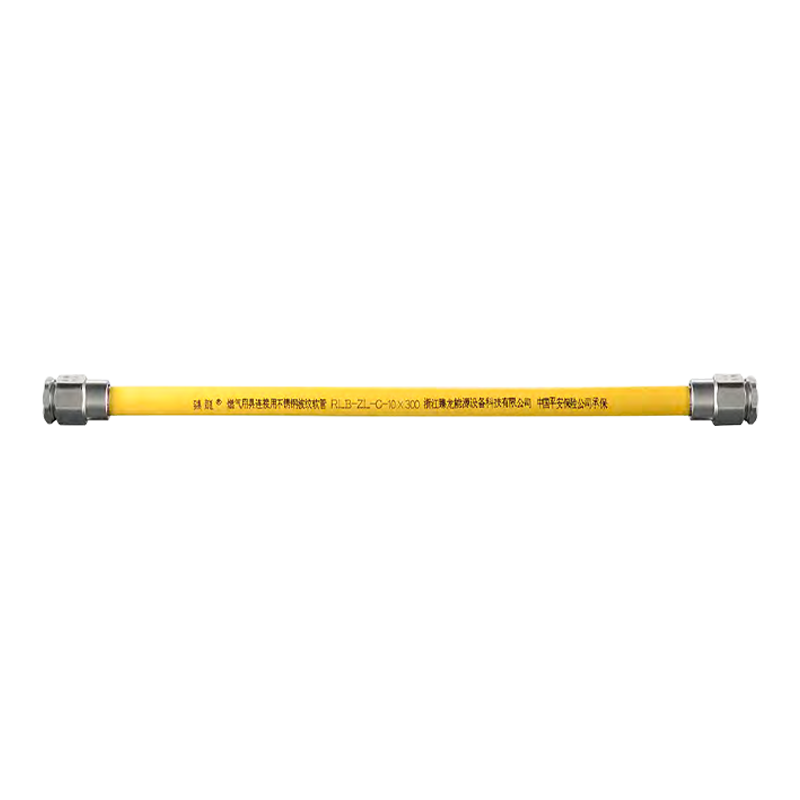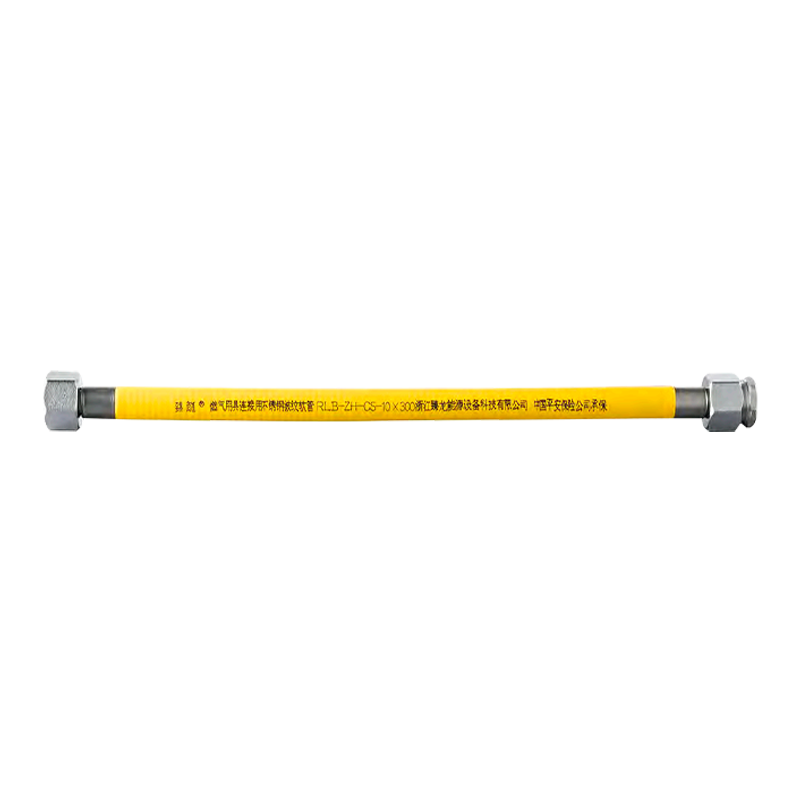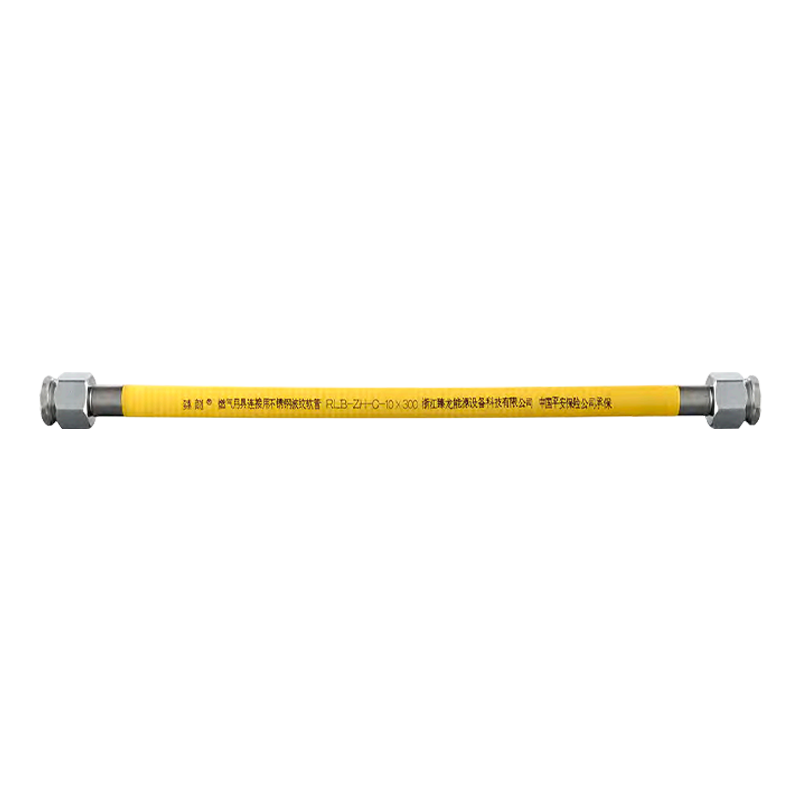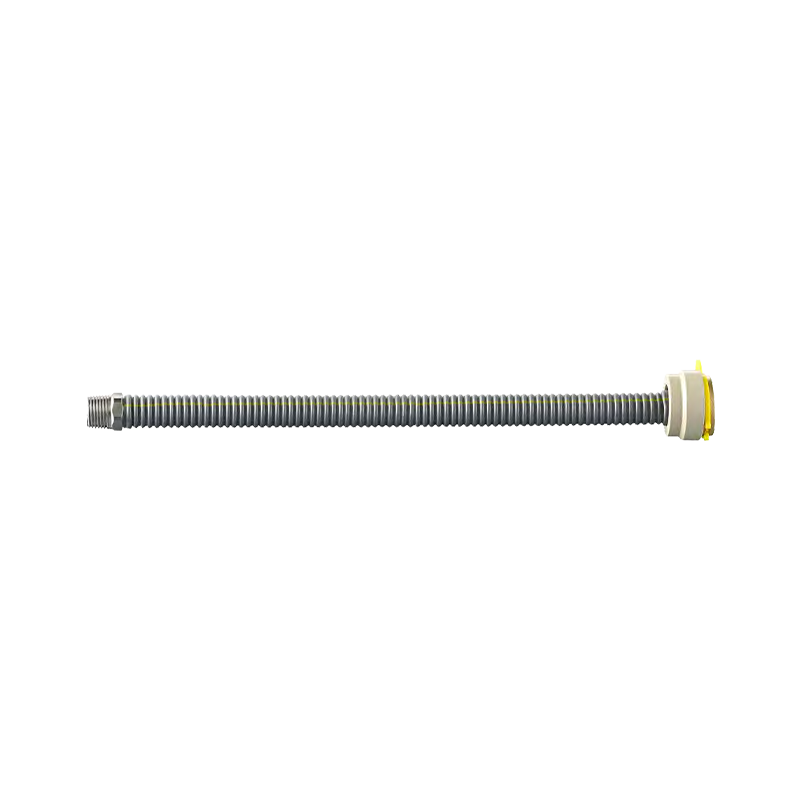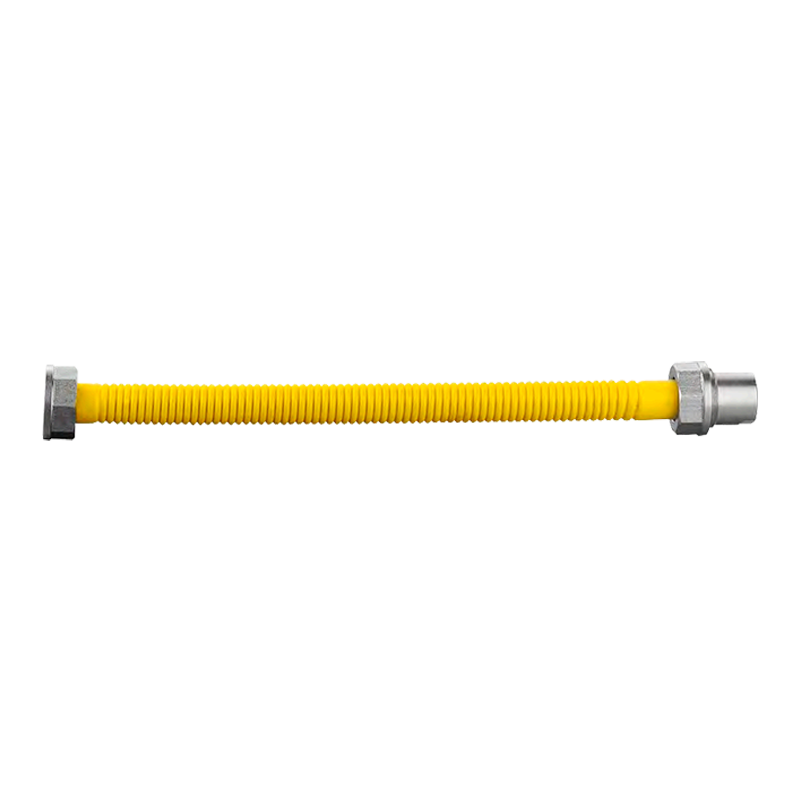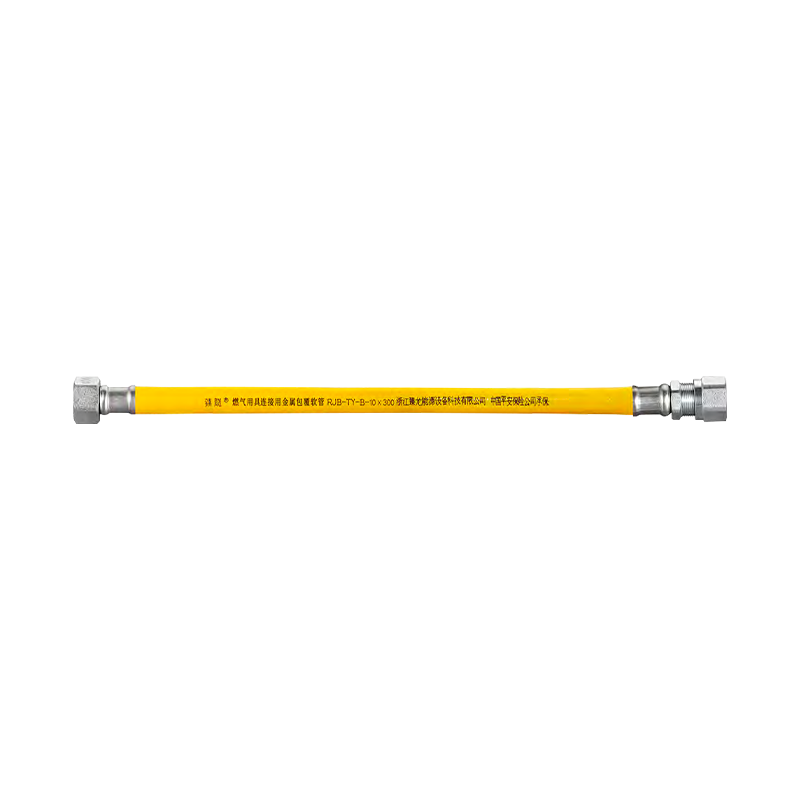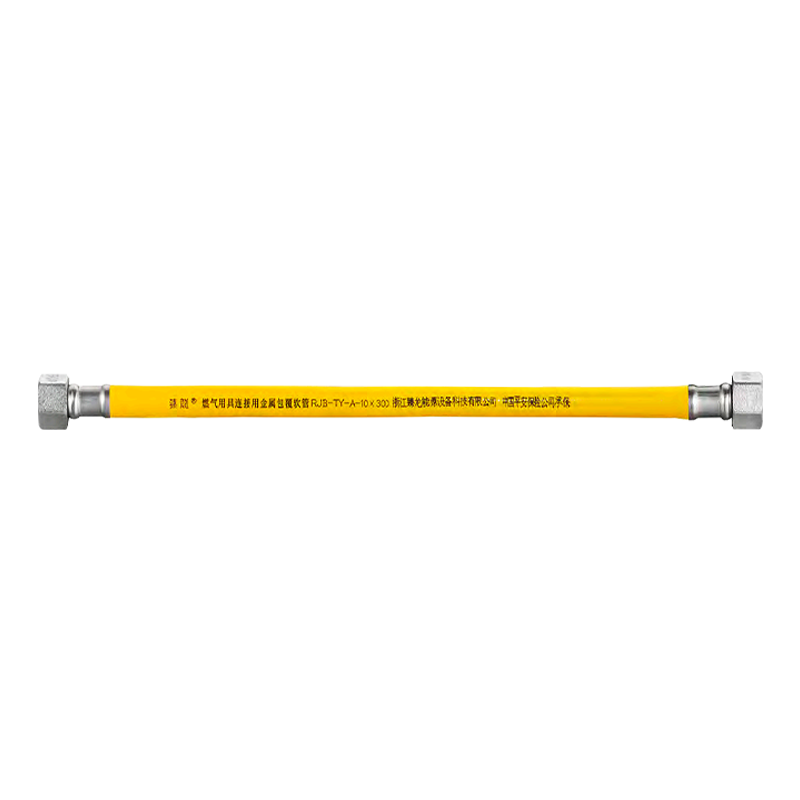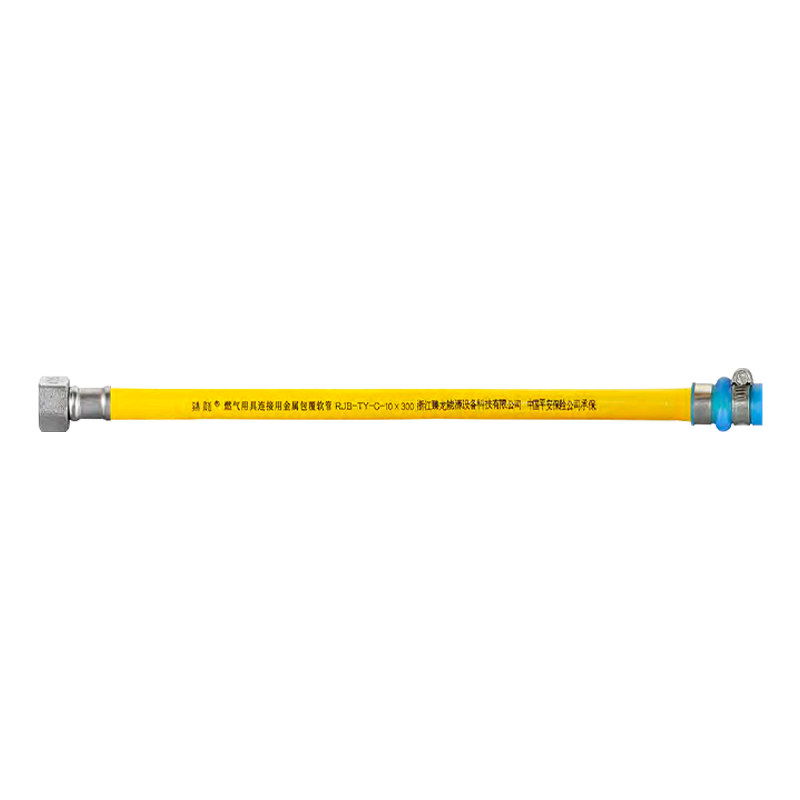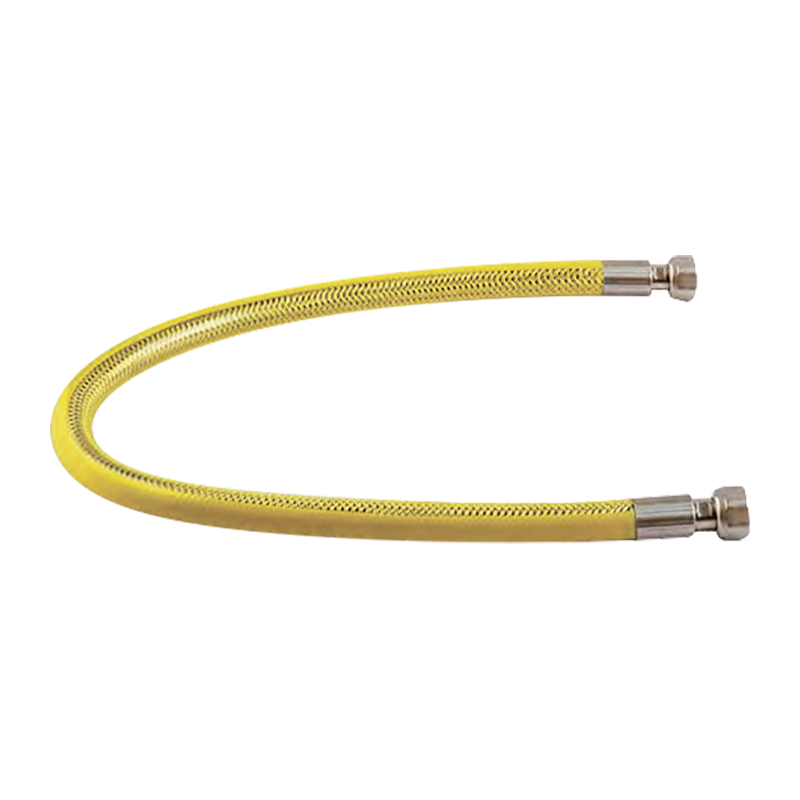1. Intuitive Advantages Compared to Traditional Pipes
| Risks/Issues | Stainless Steel Corrugated Tubing | Rubber Hose |
| Aging Cracking | Almost None | Risk Increases Sharply After 2 Years |
| Rat Damage | Unable to Bit Through | Common Leak Causes |
| High-Temperature Deformation | Resistant to Temperatures Above 150°C | May Soften Above 60°C |
| Joint Leakage | Welding/Crimping, Fewer Leaks | Clamps Easy to Loose |
2. Corrugated Stainless Steel Pipe Installation Precautions
Professional Installation: Must be performed by a licensed gas service provider. Self-modification is prohibited.
Avoid Bending: The bend radius should be minimal (typically ≥ 5 times the pipe diameter) to prevent mechanical damage.
Keep Away from Heat Sources: Maintain a safe distance from electrical appliances and high-temperature equipment (recommended ≥ 15 cm).
Regular Inspection: It is recommended to inspect the seal every two years. Replace immediately if rust or deformation is detected.
3. Advantages of Corrugated Stainless Steel Tubing
(1). High Safety
Explosion-proof and Pressure-resistant: The stainless steel corrugated structure can withstand high pressure (burst pressure is usually ≥4MPa), which is much higher than the demand for domestic gas (0.01~0.4MPa), avoiding rupture due to pressure fluctuations.
Flame retardant and fireproof: The metal material is resistant to high temperatures (-20℃~150℃), and will not melt or burn instantly even if it is roasted by open flames, while rubber tubes are easy to soften and catch fire at high temperatures.
Anti-rat bite/corrosion: The stainless steel outer layer + PVC protective layer can resist rat bites and kitchen oil corrosion, while rubber tubes are easily bitten or cracked due to aging.
(2). Durable
Aging resistance: Stainless steel is resistant to UV rays and oxidation, with a service life of 15-20 years, far exceeding the 2-3 years of rubber tubes (the national standard requires that rubber tubes be replaced every 18 months). Corrosion resistance: 304/316 stainless steel can resist corrosive components such as hydrogen sulfide and moisture in gas, preventing rust and blockage inside the pipe.
(3). Easy installation
Flexible and bendable: The corrugated structure allows the pipe to be bent at multiple angles (the minimum bending radius is about 5 times the pipe diameter), adapting to narrow spaces (such as cabinets and wall penetrations), reducing right-angle joints, and reducing the risk of gas leakage.
Flexible length: Supports customized lengths (0.5~10 meters), avoiding splicing and reducing leakage points.
(4). Strong sealing
One-piece molding process: The bellows and joints are usually laser welded or mechanically crimped, and the sealing performance is better than the rubber hose clamp fixing method.
Standardized thread interface: Universal G1/2", G3/4" and other thread interfaces, highly compatible with gas valves and equipment, and can be completely leak-proof when used with gas sealing tape.

 English
English 中文简体
中文简体 Español
Español عربى
عربى


